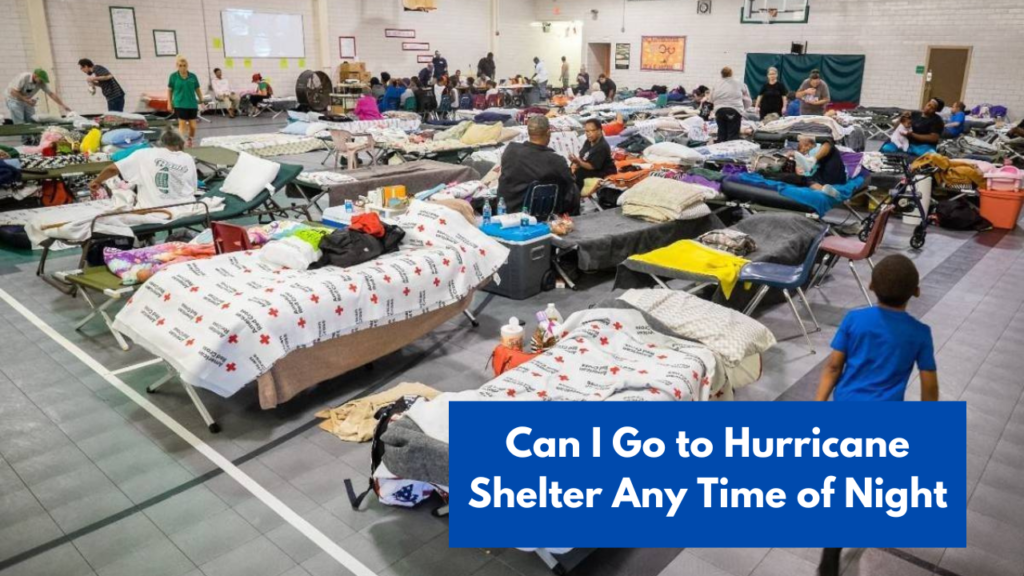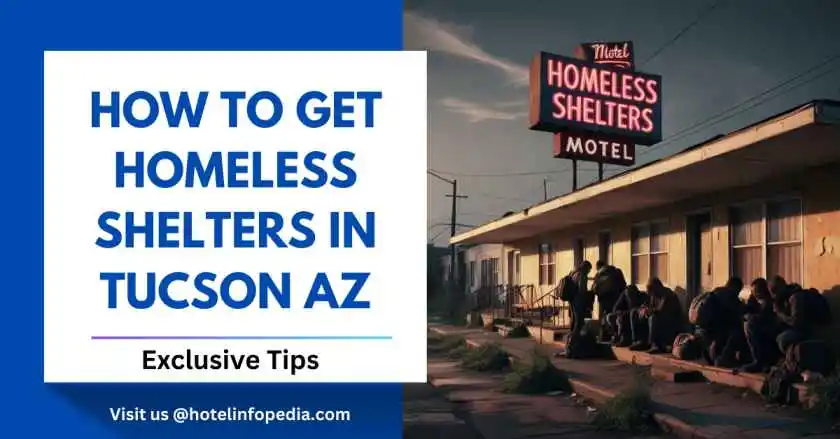Can I Go to Hurricane Shelter Any Time of Night? When a hurricane approaches, your safety becomes your top priority. A frequently asked question is whether you can go to a hurricane shelter at any time of night. The short answer is yes, but the full answer depends on a few key factors: shelter availability, travel conditions, safety, and what you’re bringing with you. This article will explain how hurricane shelters work, what to expect, and how to prepare for a nighttime arrival.
Can I Go to a Hurricane Shelter Any Time of Night?
Yes, most hurricane shelters remain open 24 hours a day during a storm emergency. You can go to a shelter at any time of night if you feel unsafe or if local authorities recommend evacuation. However, there are some things you should know before you leave.
Once local authorities officially open a shelter, it will remain open until it is no longer needed. This includes overnight hours, as storms can intensify or change direction unexpectedly. Emergency shelters are designed to serve people in urgent situations, whether day or night.
However, not all shelters open at the same time, nor do all locations operate 24 hours a day. Shelter openings depend on factors such as storm intensity, population needs, and available staff.
How to tell if a shelter is open:
- Check local emergency management websites or apps.
- Listen to local radio or TV news.
- Call local non-emergency numbers or 211 (if available).
- Use the FEMA disaster app or website.
Is it safe to travel at night during a hurricane?
Only travel to a shelter at night if it is safe to do so. Hurricanes often bring dangerous conditions, such as:
- Strong winds
- Flooded or washed-out roads
- Power outages that limit visibility
- Downed trees or power lines
- Tornado warnings
If authorities have issued a “shelter-in-place” order or if weather conditions are already severe, it may be safer to stay put until the danger passes. Emergency personnel may not be able to help you if you are stranded on the road.
What to bring to a hurricane shelter at night
Shelters are designed to provide basic protection from the storm, but they are not luxury accommodations. Bringing your own supplies can make a big difference, especially if you arrive late at night, when resources may be limited.
Pack the following essential items:
- Personal identification (ID, insurance cards)
- Medications and medical devices
- Cell phone and charger (batteries if possible)
- Flashlight and spare batteries
- Water and snacks
- Change of clothes and sturdy shoes
- Blankets or sleeping bags
- Toiletry items (toothbrush, soap, etc.)
- Masks and hand sanitizer
- Important documents in a waterproof bag
If you have children, pack toys, diapers, baby formula, or comfort items. If you have pets, call ahead to make sure the shelter will accept them or provide alternative accommodations.
Special Needs and Accessibility Considerations
If you or a family member has a disability, uses medical equipment, or requires special care, you should try to go to a shelter for people with special needs. These are usually equipped to care for people with medical or mobility issues, but you may need to register in advance with your local emergency management agency.
Some states maintain registries for people who need special assistance during disasters. Contact your local emergency management office before the start of hurricane season for more information about this option.
How to Find a Shelter Near You
To find a hurricane shelter near you, follow these steps:
1. Check Local Emergency Management Websites
Visit your city or county’s emergency management website. They often post updated information on shelter locations during a hurricane threat.
2. Use FEMA Tools
FEMA App: Download the FEMA app on your phone. It contains a list of shelters open during disasters.
Website: Visit www.fema.gov and search for shelter information.
3. Text shelter locations
Text SHELTER and your zip code to 43362 (FEMA service).
4. Listen to local news
Local radio and TV stations share updates on open shelters, especially when a hurricane is approaching.
5. Call 211
Dial 211 to speak with someone who can help you find an open shelter in your area.
Do you need help finding one in your area? If so, please tell me your city or zip code.
What If the Shelter Is Full?
If the shelter is full, here’s what you can do:
Ask for Nearby Options
Shelter staff may know of other shelters with space. Ask them directly or call 2-1-1 for help finding another location.
Contact Local Emergency Services
Call your local emergency management office, police, or fire department. They may direct you to overflow shelters or safe temporary locations.
Check the FEMA App or Website
Use the FEMA app or visit www.fema.gov to find updated shelter availability.
Reach Out to Local Churches or Community Centers
Many churches, schools, or community centers open as emergency shelters during hurricanes. Some may not be listed on official websites.
Stay in a Safe Place
If you can’t reach another shelter, stay in a sturdy building, away from windows and doors, until it’s safe to move. Avoid mobile homes or low-lying areas.
Conclusion
You can go to a hurricane shelter at any time of night if it’s open and you can travel safely. Emergency shelters are available for those who need them, no matter the time, but conditions can change quickly during a storm. Always check with local authorities, avoid dangerous travel, and prepare your essential items in advance. The more you plan, the less likely you are to have to make a risky last-minute trip in the middle of the night.



